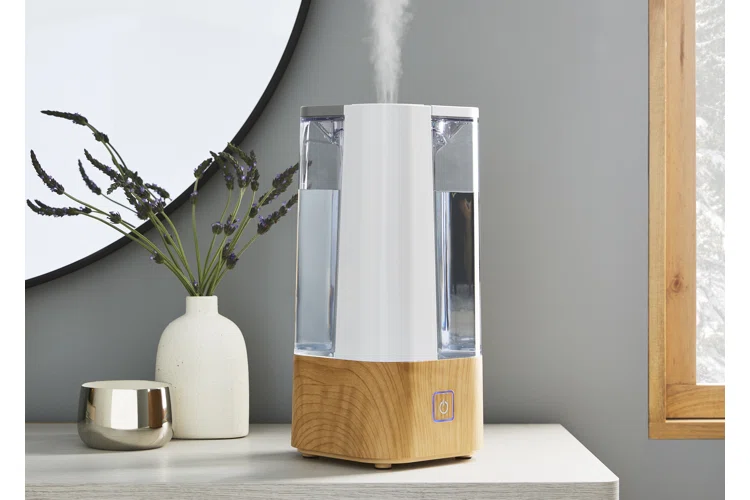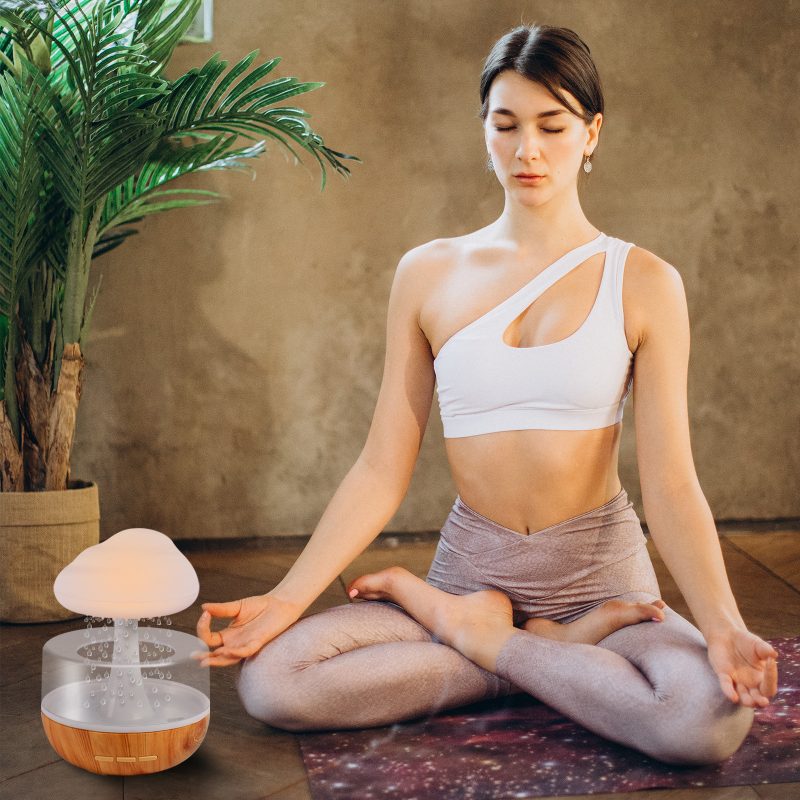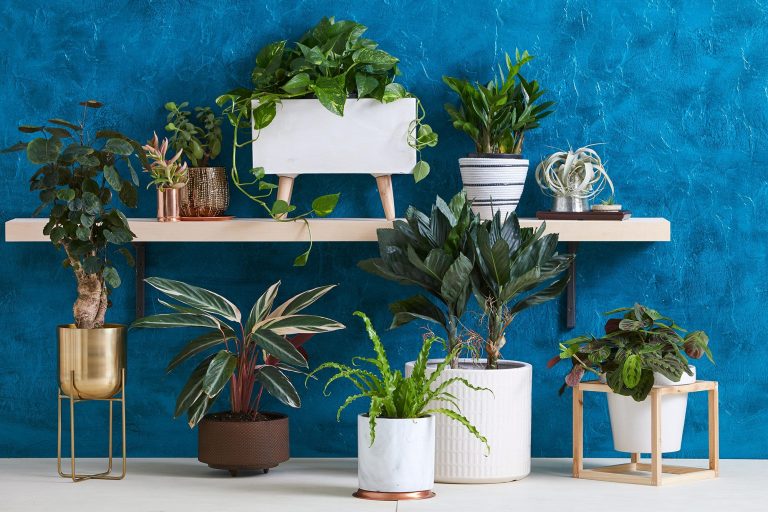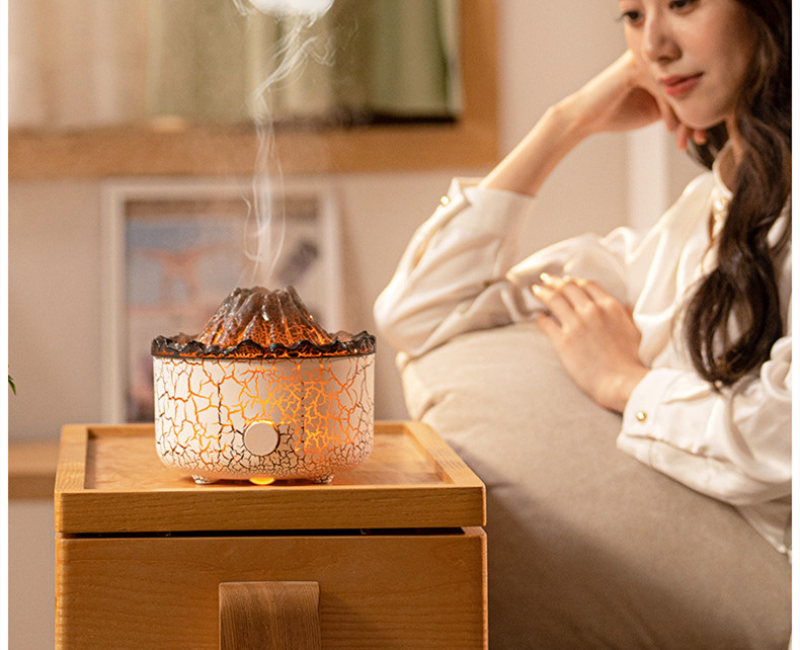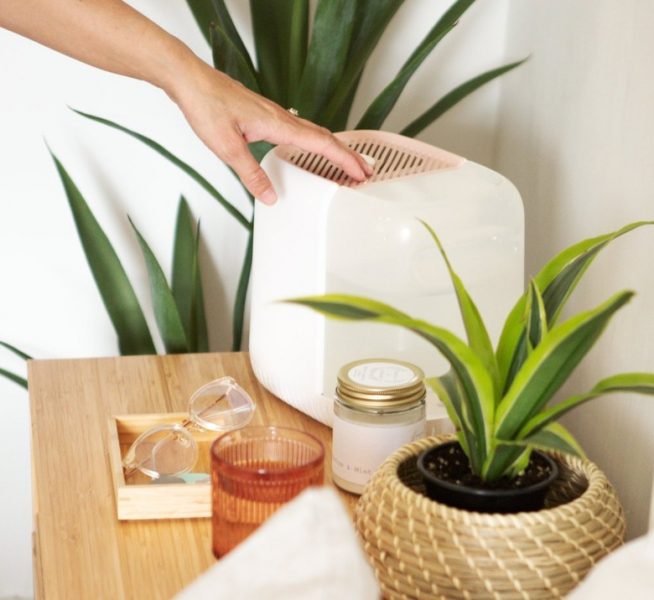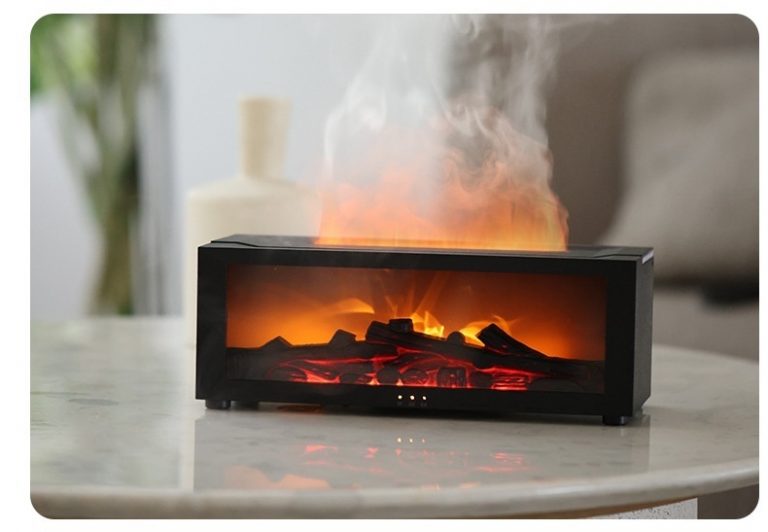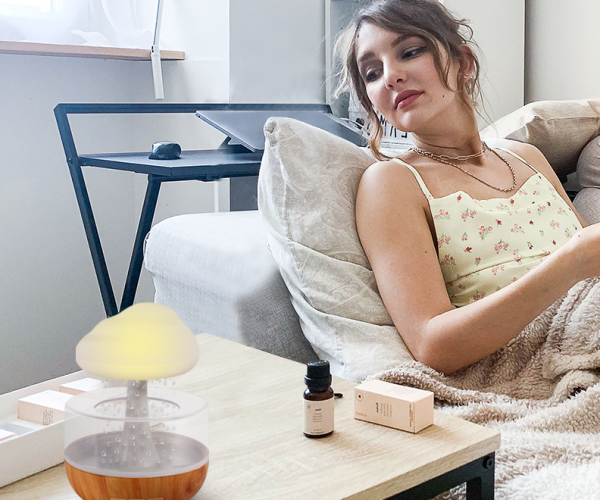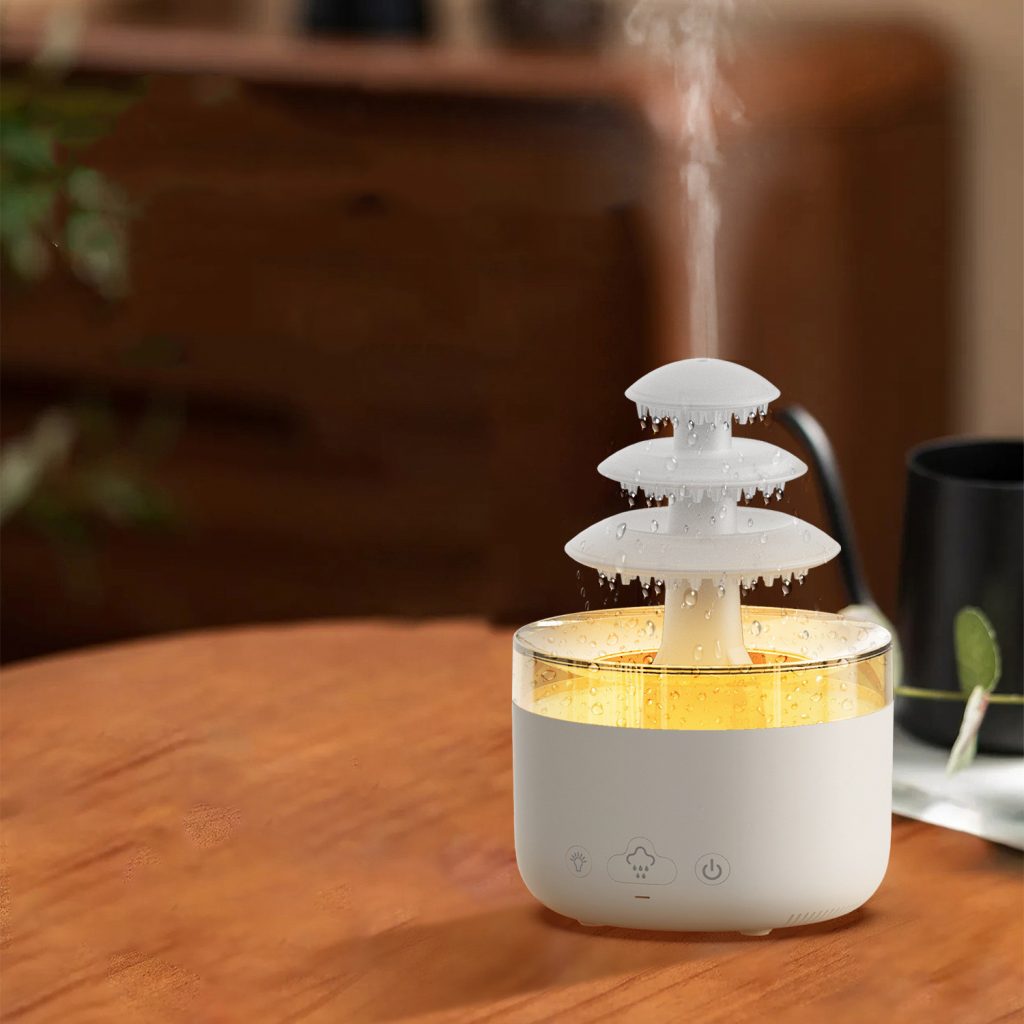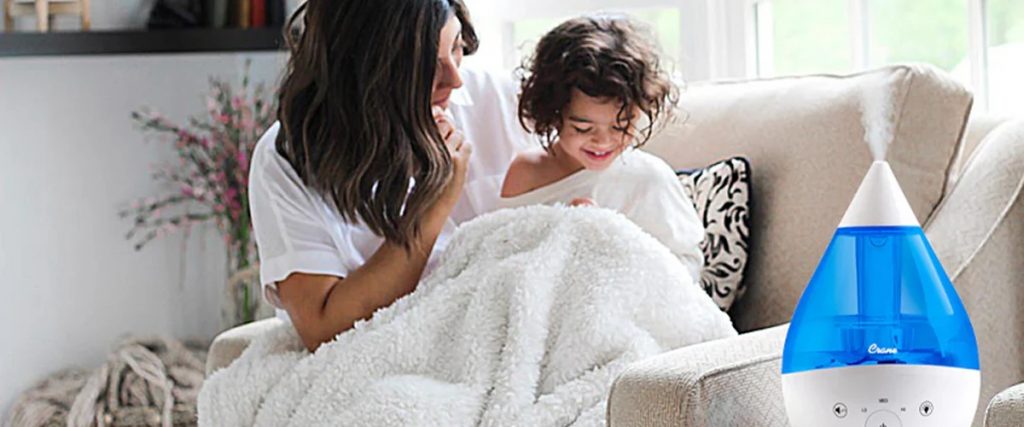Plants bring beauty, fresh air, and a touch of nature into our homes. But maintaining healthy indoor plants requires the right balance of water, light, and humidity. While many plant owners focus on watering schedules and sunlight exposure, one often-overlooked factor is humidity.
Using a humidifier for plants can significantly improve the health and longevity of them by creating an environment that mimics their natural habitat. In this article, let’s explore how humidifiers benefit houseplants, the best types of humidifiers to use, and tips for optimizing humidity for your indoor garden.
Why Houseplants Need Humidity
Many popular houseplants, such as ferns, orchids, and tropical plants, originate from humid regions. These plants thrive in environments where the humidity is between 50-70%. However, indoor air—especially during winter months or in air-conditioned homes—can become dry, dropping to levels as low as 20-30%. Low humidity can cause problems such as:
- Brown, crispy leaf edges – A sign of dehydration caused by dry air.
- Wilting and drooping – Plants lose moisture faster than they absorb it.
- Slow growth – Lack of humidity can stunt plant development.
- Increased pest problems – Dry conditions attract pests like spider mites, which thrive in low-humidity environments.
A humidifier helps to maintain optimal moisture levels, preventing these issues and ensuring your houseplants stay lush and vibrant.
Choosing the Right Humidifier for Your Plants
When selecting a humidifier for your houseplants,
consider the following types:
1. Ultrasonic Humidifiers
These use high-frequency sound vibrations to create a fine mist to increase humidity without making the room too wet. They are energy-efficient, quiet, and ideal for small to medium-sized plant setups.
2. Evaporative Humidifiers
These devices use a fan to blow air through a wet wick filter, releasing moisture into the air. They are self-regulating, meaning they stop producing mist when the air reaches a certain humidity level, making them a great option for plant owners concerned about over-humidification.
3. Warm Mist Humidifiers
Also known as steam vaporizers, these humidifiers heat water to produce steam. While adding warmth to the air, they may not be the best choice for tropical plants sensitive to high temperatures.
4. Whole-Room Humidifiers
For plant lovers with large indoor gardens, a whole-room humidifier can provide consistent moisture levels for an entire space, benefiting multiple plants at once.
Best Practices For Using
A Humidifier For Plants
To maximize the benefits of a humidifier for your plants, follow these tips:
Position the Humidifier Correctly
Place the humidifier a few feet away from your plants to ensure even moisture distribution without making the leaves too wet, which could lead to mold or fungal growth.
Set the Right Humidity Level
Most houseplants thrive in humidity levels between 50-70%. Use a hygrometer (humidity meter) to monitor the air moisture and adjust your humidifier settings accordingly.
Run the Humidifier at the Right Time
Running the humidifier during the day, especially in the morning, mimics natural humidity cycles. Avoid running it continuously at night to prevent excessive moisture buildup.
Use Distilled or Filtered Water
Using tap water may cause mineral buildup in the humidifier and leave white dust on plants. Distilled or filtered water prevents this issue and keeps your plants healthier.
Clean the Humidifier Regularly
Humidifiers can grow mold and bacteria if not cleaned frequently. Clean your humidifier at least once a week with a vinegar or hydrogen peroxide solution to ensure it remains safe for both you and your plants.
Additional Ways to Increase Humidity
While a humidifier is one of the most effective ways to raise humidity, you can also try these additional methods:
- Grouping Plants Together: This creates a microclimate where plants release moisture and benefit from each other’s transpiration.
- Using Pebble Trays: Placing a tray filled with water and pebbles under plant pots allows water to evaporate and increase local humidity.
- Misting Leaves: Light misting can provide a temporary moisture boost, but avoid excessive misting, which may cause fungal issues.
Conclusion
Plants flourish in environments that replicate their natural habitat, and humidity plays a crucial role. Using a humidifier for plants helps maintain their ideal moisture levels, preventing dry air from damaging your plants. So investing in one is a simple yet effective way to keep your plants happy, lush, and vibrant year-round. Check out our collection of humidifiers to choose the right one for you!
Are you using a humidifier for your houseplants? Share your experiences and tips in the comments below!
Join Our Mailing List
For More
Receive special discounts
and more tips to enhance your space!
